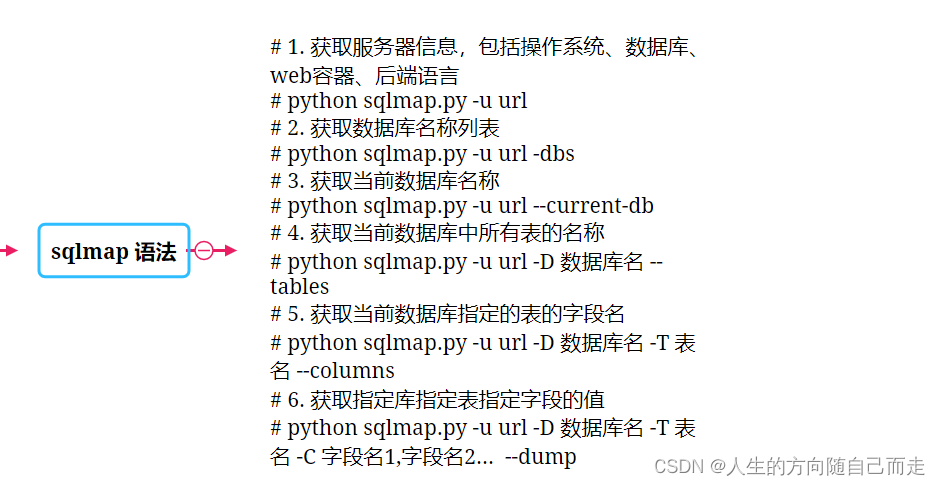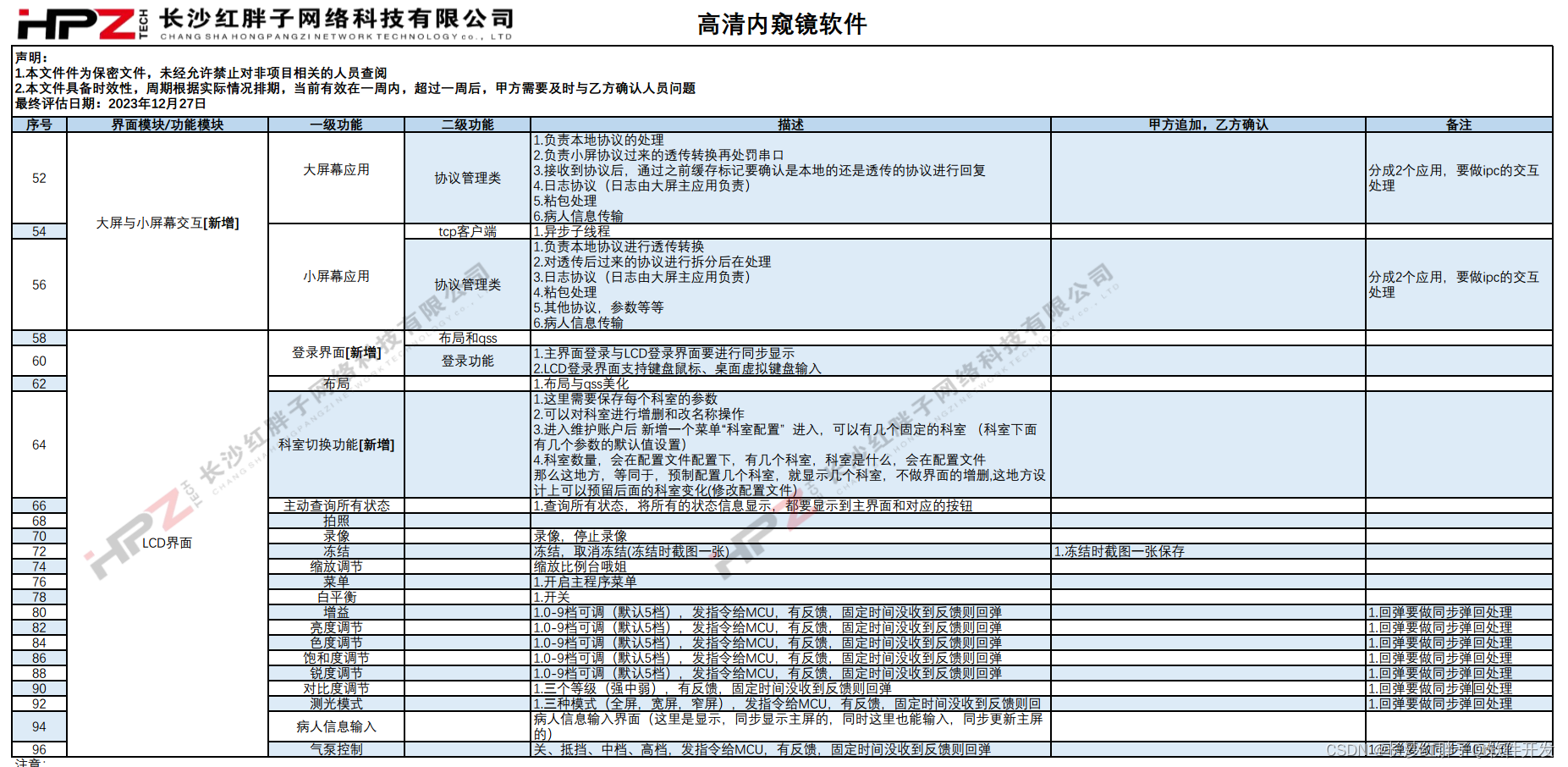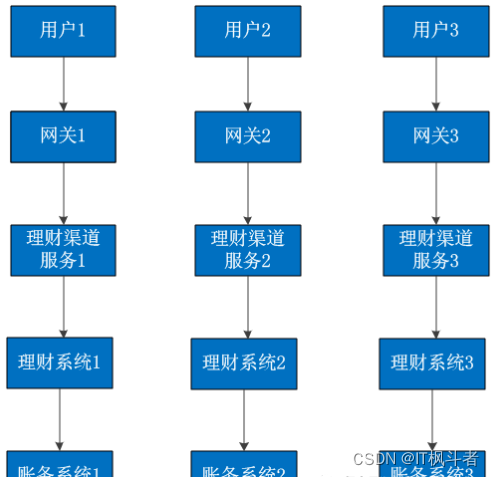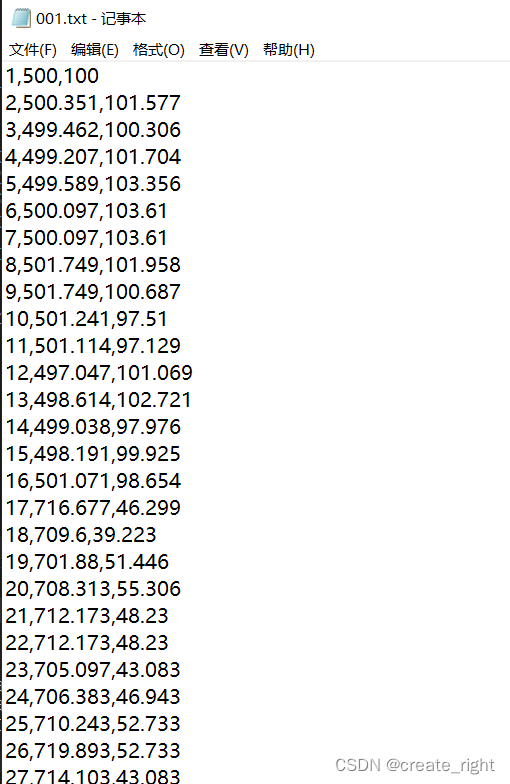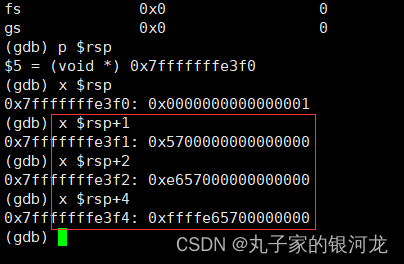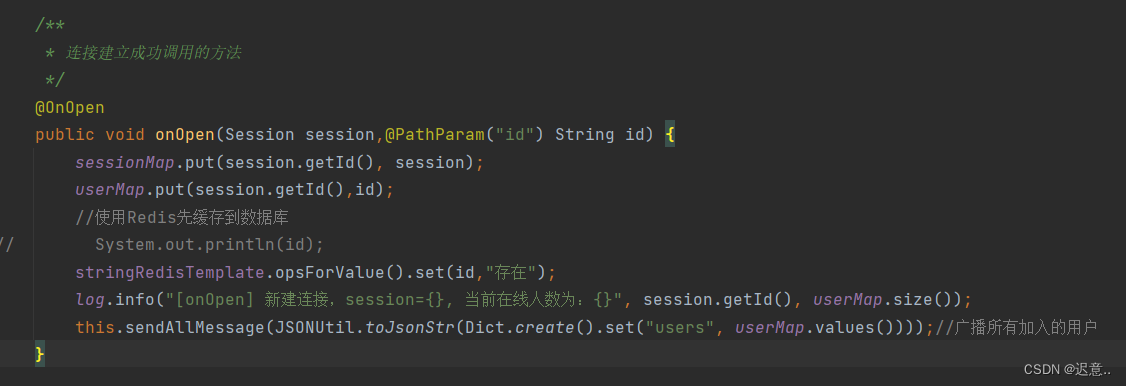
林浩然科学趣谈:妙解麦克斯韦方程的电磁奥秘
Lin Haoran’s Scientific Banter: Playful Insights into the Electromagnetic Mysteries of Maxwell’s Equations
在科学的璀璨星河中,林浩然如同一颗热爱探索的行星,以其独特的幽默和严谨的态度,生动活泼地揭开了电磁学巨擘詹姆斯·克拉克·麦克斯韦的伟大发现。他不仅是一位执着于科研的学者,更是一个擅长用生活化语言解读复杂理论的科普达人,他的每一次讲述都像是开启了一扇通往奇妙科学世界的大门。
In the brilliant galaxy of science, Lin Haoran shines as a planet enamored with exploration. With his unique blend of humor and meticulousness, he vividly unveils the groundbreaking discoveries of the electromagnetic giant, James Clerk Maxwell. Not only a dedicated researcher, Lin is also a science communicator adept at interpreting complex theories in a down-to-earth manner, turning every narrative into a gateway to the fascinating world of science.
某个阳光明媚的午后,林浩然坐在实验室的窗边,手中捧着一杯咖啡,目光聚焦在黑板上那四个被誉为“物理圣经”的麦克斯韦方程组。这四行简洁却深邃的公式犹如一组神秘密码,揭示了电场、磁场、电流密度以及电荷变化之间的内在联系与统一性。林浩然饶有兴致地想象:“如果麦克斯韦是个魔法导师,那么他的四大方程就如同施展电磁奥秘的咒语,只需轻轻挥动手中的魔杖——笔尖,就能解开世间万物间看不见摸不着的电磁相互作用。”
On a sunny afternoon, Lin Haoran sits by the window in his laboratory, sipping coffee and fixating his gaze on the blackboard adorned with the four revered “physics scriptures” – Maxwell’s equations. These succinct yet profound formulas, often referred to as the “physics bible,” reveal the intrinsic connections and unity between electric fields, magnetic fields, current density, and charge variations. Lin Haoran, with great interest, imagines, “If Maxwell were a magical sorcerer, his four equations would be like enchanting spells for unraveling the unseen and intangible electromagnetic interactions in the world. A gentle wave of his wand—his pen—would unleash the electromagnetic mysteries.”
深入探讨麦克斯韦的电磁场理论时,林浩然采用了一个别出心裁的比喻:“试想一下,麦克斯韦就像是一个掌控全局的大导演,在宇宙这个无比巨大的舞台上,利用四个基本法则编写了一部没有剧本却井然有序的‘电磁交响乐’。在这部乐章中,电场和磁场像一对默契无间的舞伴,随着音乐节奏(即时间)的变化翩翩起舞,演绎出光、无线电波等各种丰富多彩的电磁现象。”
Delving into Maxwell’s electromagnetic field theory, Lin Haoran employs a clever metaphor: “Imagine Maxwell as the master director orchestrating a grand performance on the colossal stage of the universe. With four fundamental laws, he composes an ‘electromagnetic symphony’—a scriptless yet orderly masterpiece. In this musical composition, electric and magnetic fields waltz as harmonious partners, interpreting a plethora of colorful electromagnetic phenomena with the changing rhythm of the music (or time).”
林浩然在科普过程中,尤为注重通过实例将抽象理论具象化。他举例说明,比如当我们使用手机通话时,其实就是在利用麦克斯韦方程描述的电磁波原理进行信息传输。而电视信号、无线网络乃至遥远星辰发出的光芒,这些看似平常的现象背后,都有着麦克斯韦方程强有力的支持。
Throughout the scientific journey, Lin Haoran places a strong emphasis on using examples to make abstract theories tangible. He illustrates, for instance, how our everyday activities, such as making a phone call on a mobile device, rely on the principles of electromagnetic waves described by Maxwell’s equations. Behind seemingly ordinary phenomena like television signals, wireless networks, and the radiance from distant stars lies the robust support of Maxwell’s equations.
在探索麦克斯韦方程的过程中,林浩然带领我们走进了一个充满趣味的课堂。他以风趣的语言剖析了每个方程的具体含义和应用:从法拉第电磁感应定律到安培环路定理,再到高斯定律和位移电流的概念,每一个细节都被他精心编织成一段段引人入胜的故事。
Exploring Maxwell’s equations, Lin Haoran leads us into a captivating classroom where each equation becomes a part of an intriguing story. With a humorous touch, he dissects the meaning and applications of each equation—from Faraday’s law of electromagnetic induction to Ampère’s circuital law, Gauss’s law, and the concept of displacement current.
他还特别强调了麦克斯韦方程对于现代科技的重要性。正是由于对这些方程的深入理解和应用,人类才能制造出各种先进的通信设备,卫星导航系统得以精准运行,粒子加速器能够探测微观世界的秘密,甚至开启了探索宇宙的新篇章。
He also emphasizes the significance of Maxwell’s equations in modern technology. It is through a profound understanding and application of these equations that humanity can manufacture advanced communication devices, ensure the precise functioning of satellite navigation systems, operate particle accelerators to unveil secrets of the microscopic world, and embark on new chapters in exploring the universe.
而在讲述麦克斯韦如何从法拉第的工作出发,创造性地提出位移电流概念,并成功预言电磁波存在的时候,林浩然更是展现了其幽默的一面。他打趣说:“这就像是麦克斯韦给法拉第的一封情书,上面写着‘亲爱的法拉第,你的电磁感应定律真是美极了,但我有个新想法能让我们一起孕育出一种全新的存在——电磁波,它会带着我们的智慧穿越时空,点亮整个宇宙!’”
When recounting how Maxwell, building upon Faraday’s work, creatively introduced the concept of displacement current and successfully predicted the existence of electromagnetic waves, Lin Haoran displays his humorous side. Jokingly, he says, “This is like Maxwell writing a love letter to Faraday, saying, ‘Dear Faraday, your law of electromagnetic induction is truly beautiful, but I have a new idea that could help us conceive a completely new existence—electromagnetic waves. They will carry our wisdom through time and space, illuminating the entire universe!’”
最后,林浩然深情地总结道:“麦克斯韦的方程之美不仅仅在于它们揭示了自然界的深刻规律,更在于它们激发了无数科学家的好奇心与创造力,推动了人类文明的巨大进步。而我们在欢笑中学到的知识,正是对这位伟大科学家最生动、最深刻的致敬。”
In conclusion, Lin Haoran eloquently summarizes, “The beauty of Maxwell’s equations lies not only in their revelation of the profound laws of nature but also in their inspiration of countless scientists’ curiosity and creativity, propelling the tremendous progress of human civilization. The knowledge we gain through laughter is the most vivid and profound tribute to this great scientist.”
总之,林浩然的科学探索之旅,让原本深奥晦涩的麦克斯韦方程变得生动有趣,易于理解。他以幽默风趣的方式带领我们一同领略了电磁学的魅力,使我们在笑声中不仅了解了麦克斯韦方程的美妙之处,也对电磁学领域产生了更深的理解和热爱,进一步激发了我们对科学探索的热情与兴趣。
In essence, Lin Haoran’s scientific exploration journey transforms the seemingly complex and obscure Maxwell’s equations into a lively and enjoyable experience, making them easily understandable. Through his witty and humorous approach, he guides us to appreciate the charm of electromagnetics, ensuring that we not only grasp the wonders of Maxwell’s equations but also develop a deeper understanding and love for the field, further igniting our passion and interest in scientific exploration.
麦克斯韦方程组在电磁学中的地位,如同牛顿运动定律在力学中的地位一样。以麦克斯韦方程组为核心的电磁理论,是经典物理学最引以自豪的成就之一。
(1)积分形式
{ ∯ S D ⋅ d S = q 0 ∯ S B ⋅ d S = 0 ∮ L E ⋅ d l = − ∬ S ∂ B ∂ t ⋅ d S ∮ L H ⋅ d l = I 0 + ∬ S ∂ B ∂ t ⋅ d S \begin{cases} \displaystyle ∯ _SD\cdot \mathrm{d}S=q_0\\ \displaystyle ∯ _SB\cdot \mathrm{d}S=0 \\ \displaystyle ∮_LE\cdot \mathrm{d}l=-\iint_S\frac{\partial B}{\partial t}\cdot \mathrm{d}S \\ \displaystyle ∮_LH\cdot \mathrm{d}l=I_0+\iint_S\frac{\partial B}{\partial t}\cdot \mathrm{d}S \end{cases} ⎩ ⎨ ⎧∬SD⋅dS=q0∬SB⋅dS=0∮LE⋅dl=−∬S∂t∂B⋅dS∮LH⋅dl=I0+∬S∂t∂B⋅dS
(2)微分形式
{ ∇ ⋅ D = ρ 0 ∇ × E = − ∂ D ∂ t ∇ ⋅ B = 0 ∇ × H = j 0 + ∂ D ∂ t \begin{cases} \nabla \cdot D=\rho_0 \\ \nabla \times E=-\displaystyle\frac{\partial D}{\partial t} \\ \nabla \cdot B=0 \\ \nabla \times H=j_0+\displaystyle\frac{\partial D}{\partial t} \end{cases} ⎩ ⎨ ⎧∇⋅D=ρ0∇×E=−∂t∂D∇⋅B=0∇×H=j0+∂t∂D






